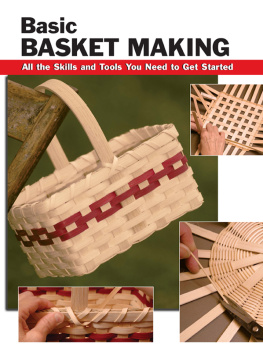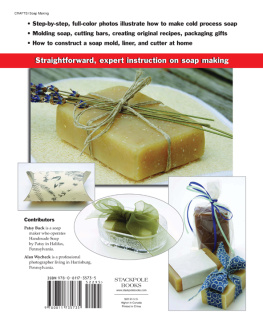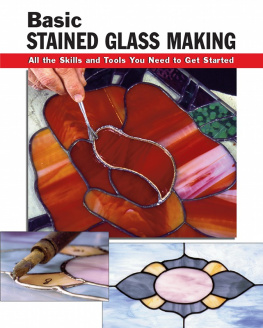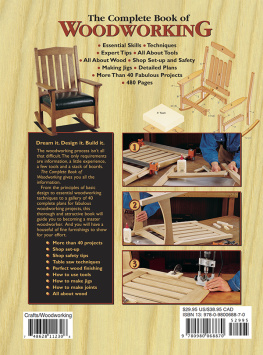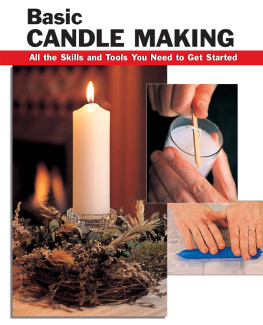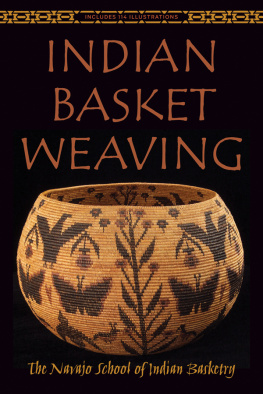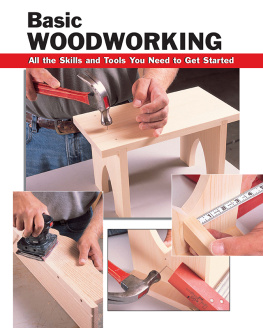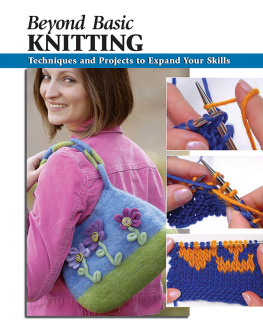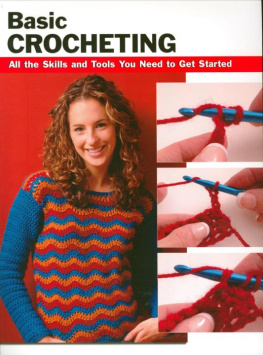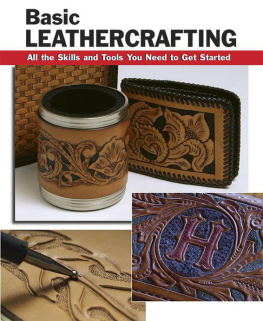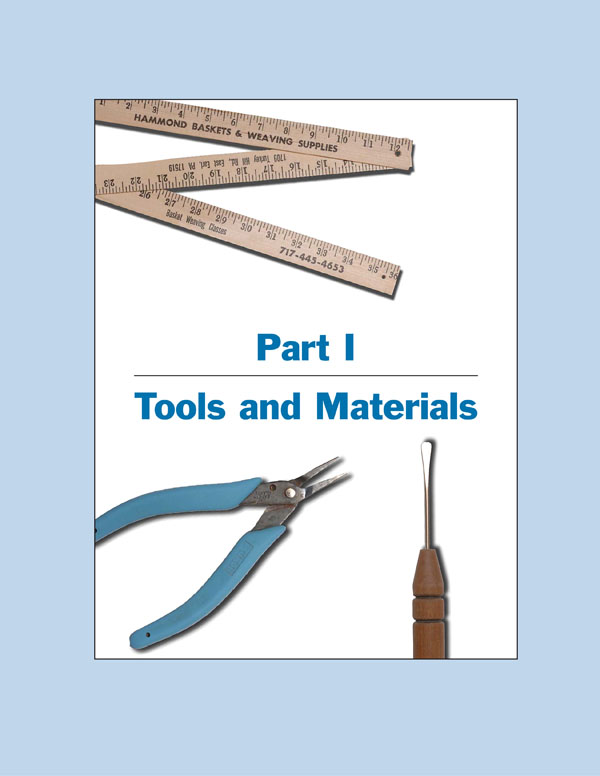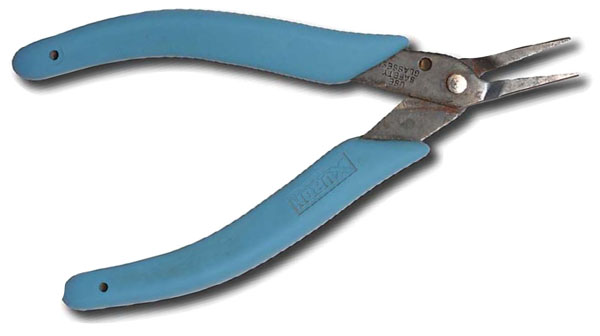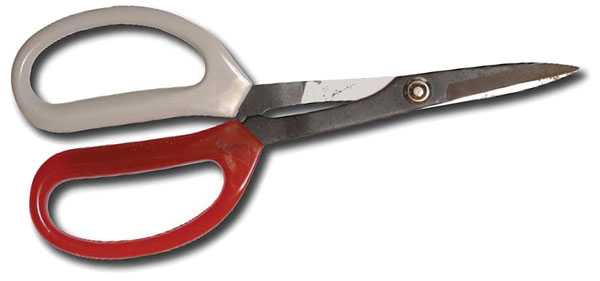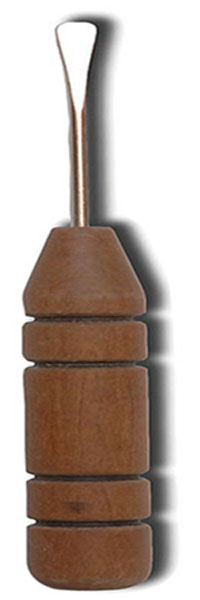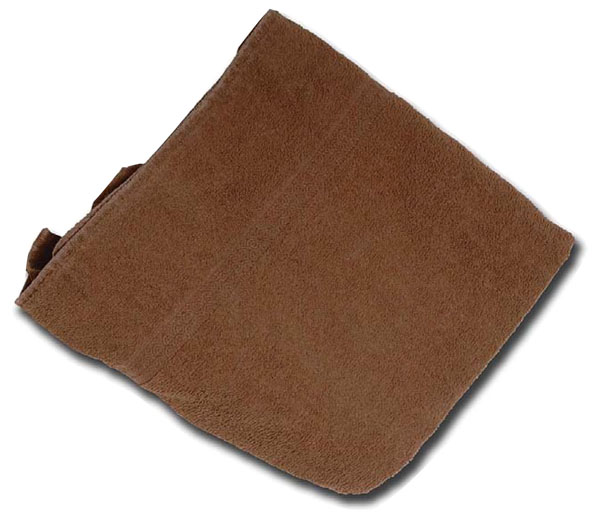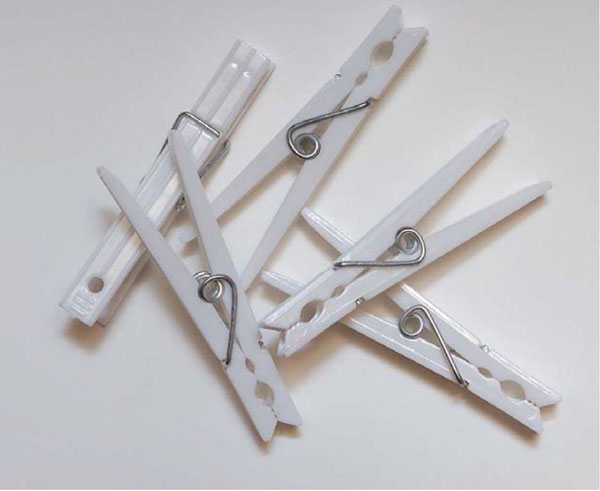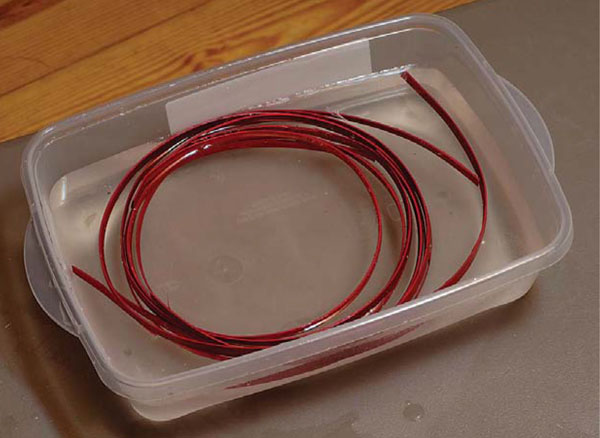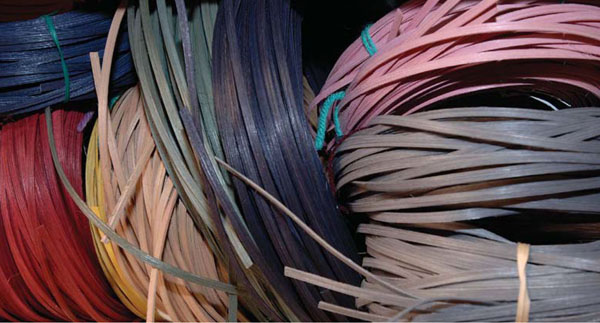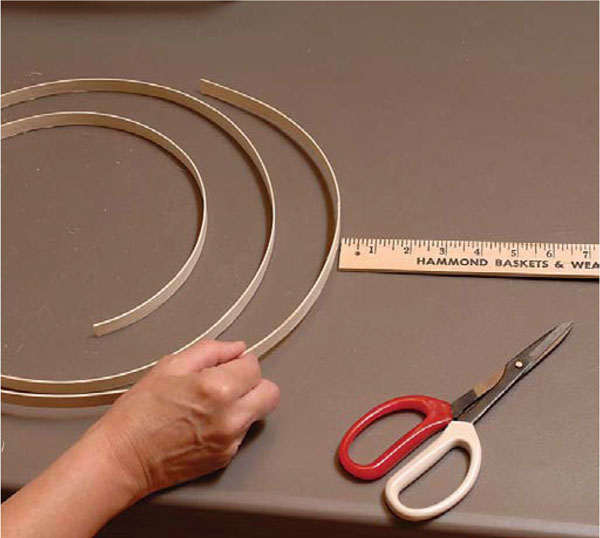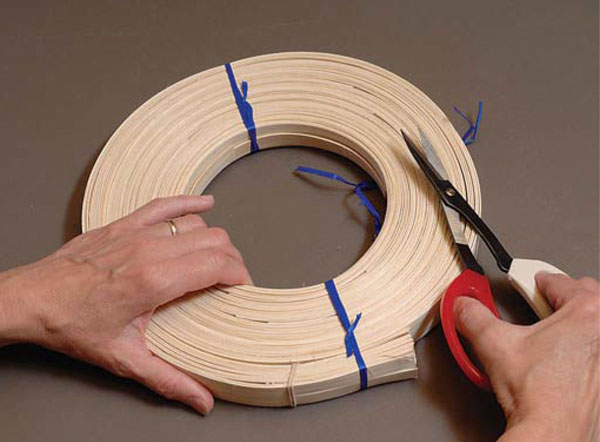Discover more fresh Craft books, eBooks, and inspiration for your next project!
With detailed, step-by-step photos and clear instruction, Stackpoles craft titles show both beginning and experienced crafters exactly how-to!
Visit
Stackpole Books Crafts & Hobbies webpage
Introduction
I n this book well show and explain how to weave baskets using flat reed. Getting started in making these baskets requires few tools and equipment. In fact, most of the supplies, or their substitutes, can probably be found in your home.
Each of the four baskets illustrated teach different skills. Youll learn how to weave, how to twine, and how to make a basket with a handle. Youll learn how to make a round woven base, an open weave base, and a filled base; and youll learn two techniques for finishing the top of a basket. Once the techniques are mastered, you can mix and match them to create your own unique baskets.
Reed in many colors and sizes can be purchased online, through mail order or from basket shops and some craft shops. Learn how to dye your own reed (see ) and you can create baskets in colors that match your homes decor.
Because many of the same skills are used in each of the baskets, begin by reading the instructions for starting and finishing. It is helpful to read the instructions for making the first basket before starting any of the other baskets.
Lets begin.
TOOLS AND MATERIALS
W hile many specialized tools have been designed for the basket weaver, just a few are needed to complete the projects well make in this book. And many can be substituted with items you probably already have.
CRIMPING TOOL
The crimping tool is used to bend round reed when a 90-degree angle is needed. By bending it with the crimping tool, the reed is less likely to break. You could substitute long-nose or needle-nose pliers for the crimping tool, but a crimping tool will provide a neater result.
CRAFT SCISSORS
A good pair of craft scissors is needed to make clean cuts through reed. Youll use your scissors often as you cut spokes to length, clip weavers to fit behind a spoke, and trim ends to blend in with the basket.
PACKING TOOL
The packing tool is used to pack woven reeds tightly together. It is also used to separate reeds so that another reed can be woven between them. To get started, you could substitute a screwdriver for the packing tool.
TOWEL
An old towel is needed to dry dyed reed. Dyed reed can sometimes bleed its color onto other portions of the basket if it is not dried after soaking and before using.
CLOTHESPINS
Clothespins are used to hold weaving in place, especially for the first row or two, to attach a rim before it is woven, and to hold reed together while it soaks. Youll need several of the type with a spring. These clothespins are plastic, but wooden clothespins also are suitable.
PLASTIC CONTAINER
A plastic container is used to soak reed before weaving. Reed must be soaked to make it pliable and to prevent it from breaking while it is being woven. A plastic container is handy because it is sturdy, lightweight, and can be placed on your worktable, but another type of container could be used.
YARDSTICK
Youll need a yardstick to measure lengths of reed. This folding yardstick is easy to store, and it can be used to measure short lengths as well as longer lengths.
PENCIL
Got a pencil? Youll need it to mark your reed. This helps in assuring the baskets you make are symmetrical.
Types of Reed
T he reed used to weave baskets comes from the rattan plant. While hundreds of species of rattan exist, just a few species are used to produce the reed for baskets. Classified as a palm, the rattan plant vines through the tropical rain forest canopy.
The core of the rattan vine is used to produce round reed, flat reed, and flat oval reed. Most of the reed that is produced commercially comes from the rain forests of Indonesia and Southeast Asia.
The rattan core is processed and cut into the different types of reed and into varying widths. The finished reed is coiled and tied into 1-pound hanks. Each hank contains a single type and width of reed, such as " flat reed. The lengths of reed in each hank usually measure about 8 to 10 feet but can be longer or shorter.
Basket reed usually is sold in 1-pound hanks. Dyed reed also can be purchased in -pound coils. Many basket craft shops and online suppliers sell basket kits that contain the amounts of reed needed to complete a specific basket.
Seagrass is often used as an accent in basket rims. It is a natural product made from grasses that grow on banks near the sea. Seagrass is twisted and coiled into 1-pound hanks.
All of the baskets in this book can be made using these weaving supplies:
5/8" flat reed
" flat reed, natural and dyed
3/8" flat reed, natural and dyed
" flat reed, natural and dyed
" flat oval reed
#2 round reed
#3 round reed, dyed
#3 seagrass
6" D handles
Preparing Reeds
Weaving supplies can be purchased online, through mail order, at basket shops, or in some craft stores. Check the yellow pages for basket shops and craft stores near you. Youll also find plenty of choices through an online search for basket weaving supplies.
When youre ready to begin, work at a table with enough room to comfortably measure and soak your reed. After gathering the reed youll need for a project, preparation of the reed is necessary.
To get started, cut the bands from a hank of reed.

